Shigatari
by Super Legit Games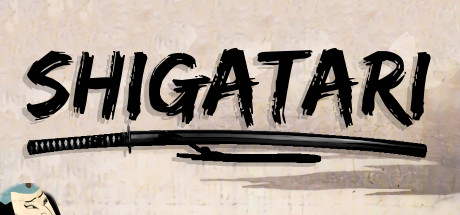
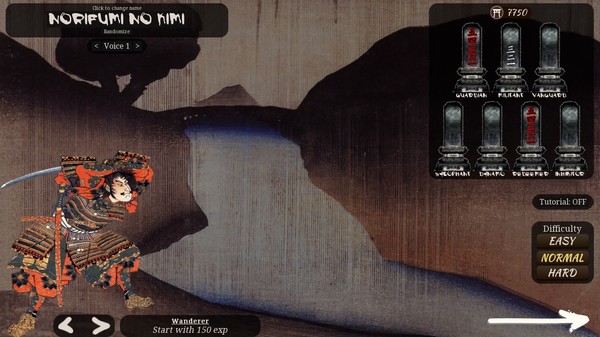
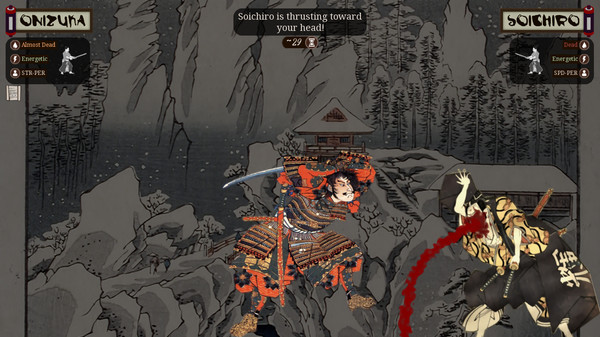
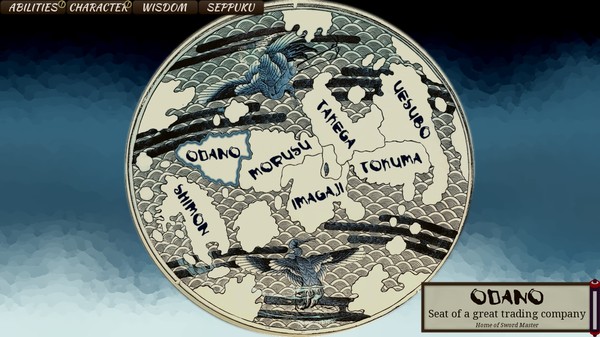
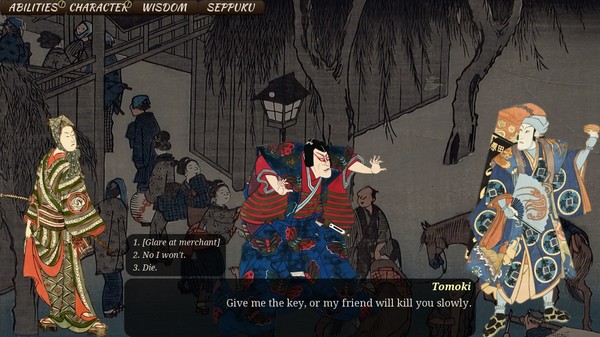
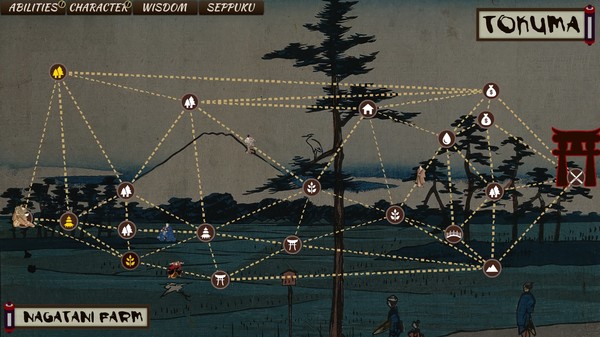
The Developer Says...
Shigatari is a samurai role-playing game with historical artwork.
Keywords
Players Like...
❤ The Combat System Shines
Players widely praise the game's turn-based combat system, which centers around a timing-based mechanic. Each action, whether attacking, defending, or changing stances, consumes a certain amount of "time." Executing moves with proper timing is crucial, as misjudging can leave players vulnerable to their opponent's strikes. The combat offers deep strategic depth, with five distinct fighting stances, each with unique strengths and weaknesses. Players can specialize in a single stance or blend multiple styles to create their own personalized fighting approach. Additionally, players can target specific body parts of their opponents, adding another layer of strategy as they try to disable limbs or land devastating head strikes. This combination of timing, stances, and targeting creates a combat system that is easy to grasp but challenging to master. Players who invest time to understand the system's intricacies are rewarded with a satisfying and visceral melee experience.
❤ Meaningful Character Progression
The game's progression system allows players to unlock new playable characters, each with their own unique starting equipment, abilities, and backstories. As players progress, they earn Ancestor Points, which can unlock permanent upgrades and bonuses for future runs. This meta-progression system encourages experimentation and multiple playthroughs, as players seek to unlock new characters and optimize their builds. The ability to customize one's playstyle through the selection of stance and weapon mastery further deepens the RPG elements. Importantly, the progression system does not trivialize the game's challenge. Even with unlocked upgrades, players must still navigate the combat system and make meaningful decisions to overcome the game's difficulty.
❤ Procedural Exploration and Branching Narratives
The game's exploration layer is structured in a roguelike fashion, with players traversing a procedurally generated map and encountering random events and encounters. These events often present players with multiple dialogue options, each with their own consequences and outcomes. The branching narratives and varied event outcomes help maintain a sense of discovery and unpredictability, even after multiple playthroughs. While some repeated events may occur, the game's overall structure ensures that no two runs feel entirely the same. This blend of procedural exploration and meaningful choices contributes to the game's replayability, as players strive to uncover new storylines and encounter different challenges on each journey.
❤ Accessibility and Depth
The game's accessibility is often cited as a strength, with the user-friendly tutorial and intuitive mechanics allowing players to quickly grasp the core gameplay loops. However, the depth and complexity of the systems become increasingly apparent as players delve deeper. The combat, in particular, rewards mastery and careful strategizing, with players who invest the time to understand the nuances of stances, timing, and targeting able to overcome the game's considerable challenges. This balance of accessibility and depth ensures the game appeals to a wide range of players, from those seeking a quick, casual experience to those who enjoy the thrill of conquering a challenging, skill-based system.
You Might Also Looove...
Copyright ©2024 by Totally Human Media
